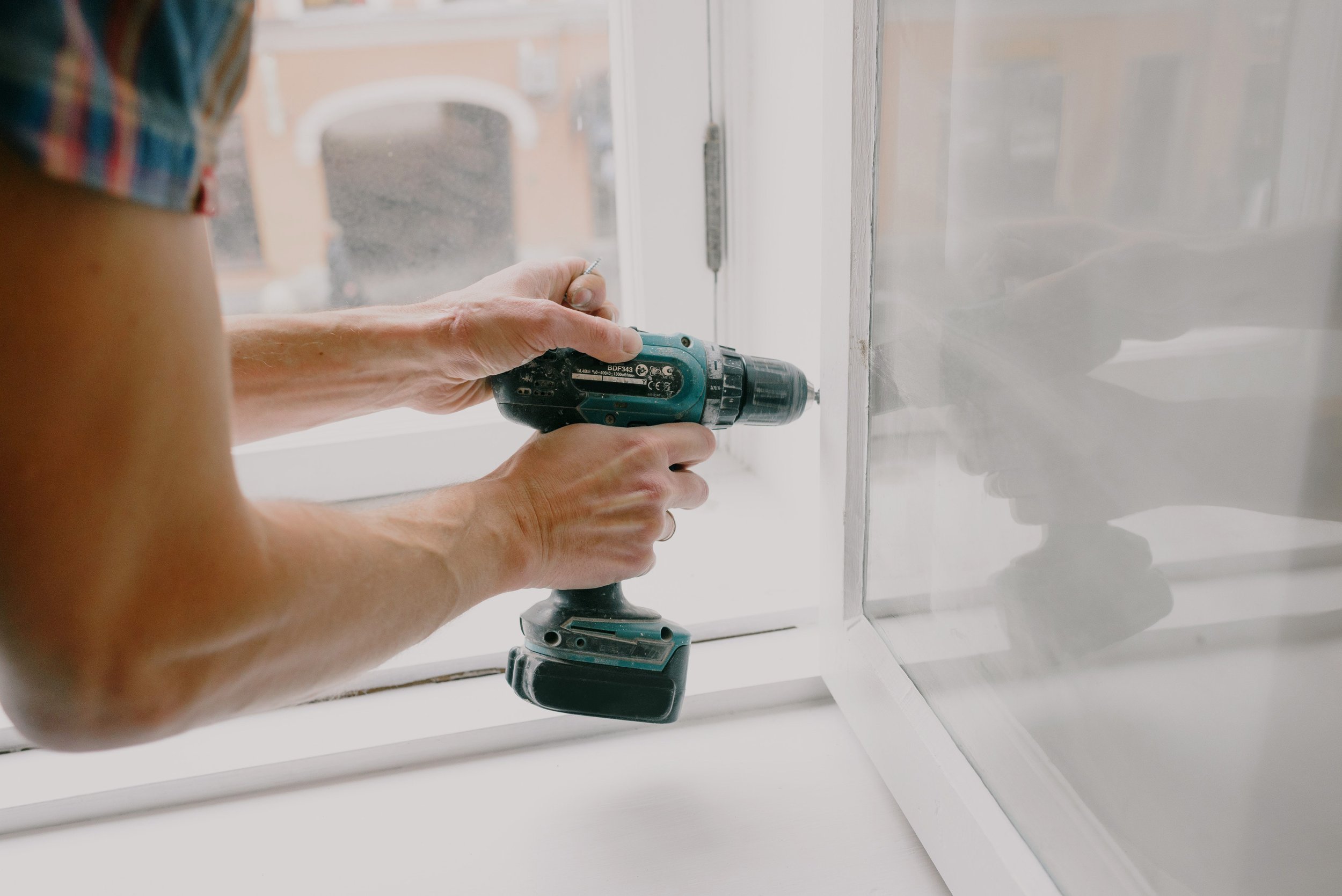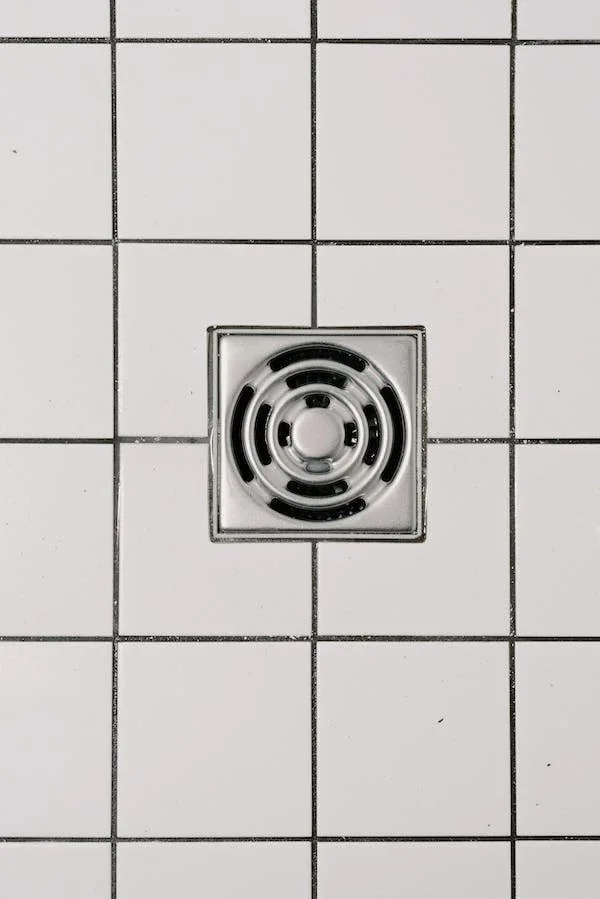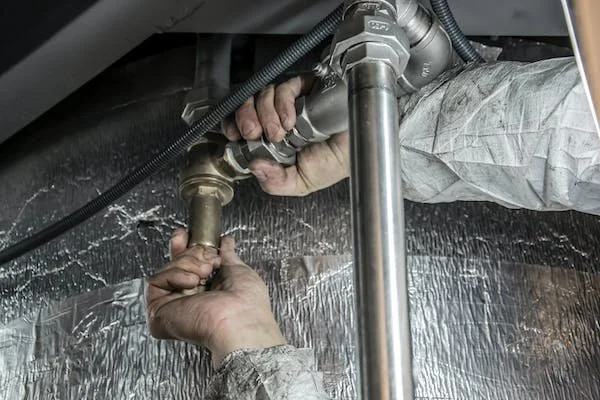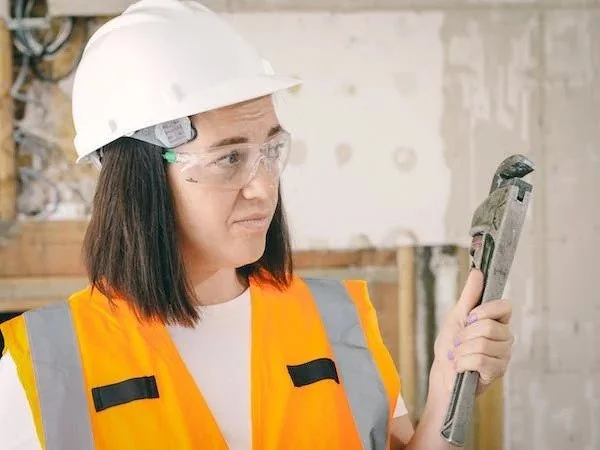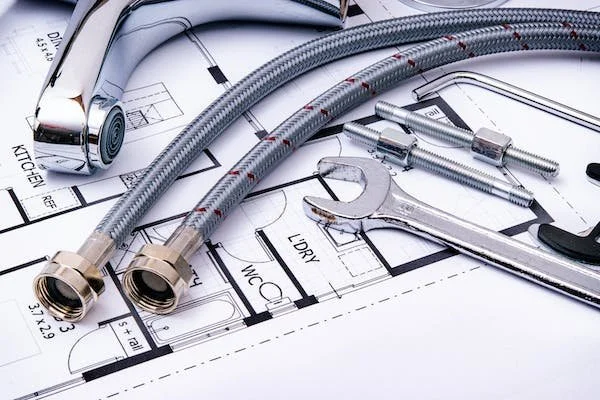What to Know About Making Your House Exterior Into a Ranch
RH Business Marketing Solutions
The allure of the ranch style home lies in its timeless appeal and laid-back charm. Ranch homes have become an iconic symbol of American suburbia with sprawling layouts, low-pitched roofs and a seamless integration with nature. Suppose you're considering transforming your house exterior into a ranch-style haven. In that case, there are several key aspects to keep in mind to capture the essence of this architectural style and lifestyle.
Understanding the Ranch Style
Before delving into the nuances of making your house exterior into a ranch, it's essential to understand what a ranch style home truly is. Contrary to the common misconception, a ranch is not just a place where cows roam and cowboys ride horses. In architectural terms, a ranch home refers to a specific type of residential design characterized by its single-story layout, open floor plans and a strong connection between indoor and outdoor living spaces.
A ranch-style home is a "low, long, ground-hugging structure with simple lines and open interior spaces." They are designed to embrace the surrounding environment and are often found in rural, suburban and even urban settings. This style gained immense popularity in the mid-20th century and has since become a classic representation of casual and comfortable living.
Key Considerations for Transforming Your Home:
1. Design Cohesion: To successfully transform your house exterior into a ranch-style abode, maintaining design cohesion is vital. Focus on clean lines, a low-profile roofline and horizontal elements that emphasize the home's length rather than height. Use materials like wood, stone and brick to create a warm and inviting exterior.
2. Open Layout: Ranch homes are characterized by their open, flowing floor plans. Consider removing interior walls to create a more spacious and connected environment if possible. Large windows and glass doors should be incorporated to allow natural light to flood the interior and provide a seamless transition to outdoor spaces.
3. Natural Surroundings: A ranch-style home should ideally be surrounded by natural beauty. If your property allows, create outdoor living areas such as patios, decks or porches that harmonize with the landscape. Native plants and shrubs can enhance the connection between the house and its surroundings.
4. Color Palette: Opt for a natural and earthy color palette that complements the surrounding environment. Warm neutrals, muted tones and earthy shades can enhance the ranch-style aesthetic while providing a cozy atmosphere.
Animal Housing on Your Ranch
One of the intriguing aspects of owning a ranch-style home is the possibility of integrating animal housing into your property. While traditional ranches might have cattle, horses or other livestock, modern ranch-style homeowners often consider incorporating smaller animals like chickens, goats, hedgehogs, or even bee colonies. Here are a few considerations:
1. Zoning Regulations: Check your local zoning regulations before bringing animals onto your property. Different areas have specific rules about the types and number of animals allowed on residential properties.
2. Space and Shelter: Adequate space and appropriate shelters are essential for the well-being of your animals. Ensure that you have enough space for grazing, as well as safe and comfortable shelters to protect them from harsh weather conditions.
3. Maintenance: Keeping animals requires commitment. Regular feeding, cleaning and health checks are essential for their welfare. Make sure you're prepared to dedicate time and resources to their care.
Ranch-Themed Home Ideas
1. Wood Accents: Incorporate wooden elements into your exterior design. Wood adds warmth and authenticity to your ranch-style transformation from wooden beams to rustic shutters.
2. Rocking Chairs and Porches: Create a welcoming entrance by adding a porch with rocking chairs or a porch swing. This evokes the image of a relaxed, southern-style ranch.
3. Farmhouse Touches: Combine ranch and farmhouse aesthetics by including details like a picket fence, a charming barn door or a farmhouse-style sink.
4. Wildlife-Friendly Landscaping: Design your outdoor space with native plants and flowers that attract local wildlife, adding to the ranch's natural ambiance.
5. Stable-Like Structures: Even if you're not housing large animals, you can add small stable-like structures for storage or decorative purposes.
Transforming your house exterior into a ranch-style retreat requires a deep appreciation for the architectural style's principles and the laid-back lifestyle it embodies. From design coherence and open layouts to animal housing considerations and ranch-themed ideas, careful planning and attention to detail will help you capture the essence of a ranch in your own home. So, embrace the rustic charm, create a seamless connection between indoors and outdoors and relish the beauty of a ranch-style home that celebrates nature, simplicity and comfort.
Written by Taylor McKnight, Author for Dragon Stone Ranch


